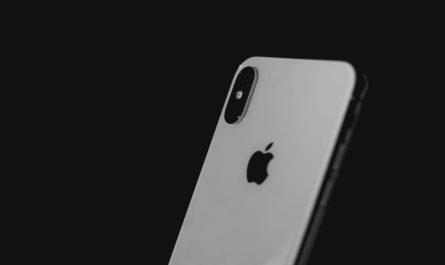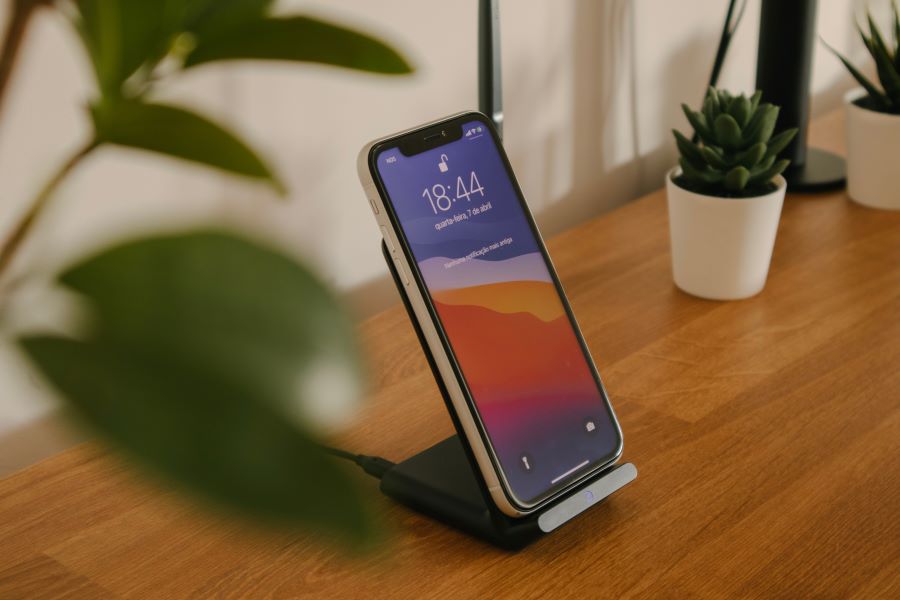The debate between which OS is best – Android or iOS has been going on for quite a while now. And it’s not going to end anytime soon. The whole world is stuck in a duopoly when it comes to mobile operating systems. Thanks to this duopoly, both Android and iOS are working their best to give out new features every day to the users. Android vs iOS might go on for years but the result for users is highly polished and feature packed with mobile operating systems. Who would say no to that?
Buy Airtel Postpaid with exciting benefits!
Today, we will pit our contenders – Android and iOS against each other, do a feature-based comparison and point out the differences between both. Without further ado, let’s get started on the differences between both the mobile operating systems.
Differences between iOS and Android
Here is a closer look at the differences between iOS and Android:
| iOS | Android | |
| Developer | Apple Inc. | Multiple developers – mostly Google and Open Handset alliance |
| Source Model | Closed with a few open-source components | Open Source |
| Search Engines for internet browsing | Safari with ad-blocking support by Firefox focus or jailbreaking.
You can set any browser as the default |
Google Chrome with ad blocking support by Firefox.
You can set any browser as the default |
| Release date | July 29, 2007 | September 23, 2008 |
| Customization | Limited room for customization | Unlimited room for customization |
| Latest updates | iOS 16.3 | Android 12 (first phones to have android 12 were Google Pixel 6 and Pixel 6 Pro) |
| Mapping service | Apple Maps is set as default Can download Google Maps |
Google Maps |
| Video conferencing apps | FaceTime (can only connect with Apple devices), download third-party apps from the app store | Google Meet and can download other third-party apps |
| App download | From App Store | From Google Play Store |
| Virtual Assistant | Siri | Google Assistant |
| File transfer process/tools | USB and other third-party apps can be used for transfer | Process is a little more difficult than iOS |
| App Store (number of apps and interface) | App Store – 1.96 million apps
Apps containing virus or something fishy are extremely rare and non-existent |
Google Play Store – 2.7 million
Other app stores like Amazon AppStore, Aptoide, and GetJar also provide Android apps. |
| Alternate app stores | Not available – other third-party app stores are blocked by Apple | Several other third-party app stores are available like Aptoide, Amazon store, etc. |
| Based on | Open-source Darwin OS | Based on Linux |
| Media backup | iCloud primary – can use other vendors like Google, Amazon, Dropbox, etc. | Google Photos primary – can use other third-party apps too |
| Authentication | Face or Fingerprint – Touch ID in older models | Fingerprint and/or face ID – depends on the manufacturer |
| OS Family | OS X, UNIX | Linux |
| Cloud | iCloud and other third-party apps available like Google Drive and Google Photos | Integrated with Google Drive Storage and other apps available. |
| Security | Since iOS is locked and downloading apps other than App Store is blocked, security threats are extremely rare Therefore, only occasional security updates | Phones are unlocked and prone to more security threats. Monthly security updates |
| Devices | Can be used on iPod, iPhone, iPad, Apple TV | Phones and tablets made by various brands like Samsung, Redmi, VIVO, Google Pixel, Xiaomi, and more |
| Languages | 40 languages | 100+ languages |
| Control | Complete control not available on the device | Complete control available on the device |
| 5G | iPhone 12 models or later 5G software still hasn’t released in India |
Various phones support 5G 5G software has been released by many manufacturers in India |
Related read: List of Best 5G Supported Phones in India
These were a few fundamental differences between iOS and Android. Now, let’s move on to a detailed comparison and understand which is better Android or iOS.
iOS vs Android – Which is better?
Let’s try to put an end to this debate by comparing various aspects of these two mobile operating systems.
Interface: Android vs iOS
When it comes to interface, it is fair to say that Android tends to be more complex than iOS. It has multiple home screens and complex menus. Moreover, every manufacturer design and settings vary to a great extent. In this case, iOS which limits users to its own way of interface is more uncomplicated and consistent on all Apple devices. There won’t be any interface or design surprises on an iOS device.
iOS also is giving freedom in the newer models of iPhone to customize and add widgets to the home screen. However, Android gives more options when it comes to customization. You can completely change the look of your phone with Android by just changing the launcher screens!
When it comes to searching an app on the phone, iOS undoubtedly wins with its search feature. Once you search for something, Apple devices show results from different categories like emails, contacts, apps (installed or not installed) to the users.
Therefore, if we are talking about the interface, iOS definitely stands out as the clear winner.
Pre-installed apps: Android vs iOS
Pre-installed apps mean the apps which are already present in your phone from the time you boot it up for the first time. Both Apple and Google or iOS and Android have a plethora of apps on the phone. These include apps for browsing the internet, email, photos viewing and editing, video player, document editor, notes, etc. These include apps which can’t be uninstalled by the users. Although, both operating systems allow users to download alternate third-party options.
If we compare basic apps like messaging and iMessage, Apple undoubtedly is a winner. iMessage is full of memojis, games, and more features. You can quickly turn a normal text chat to a FaceTime call. These things are not possible with an Android messaging app. Best of all, iMessage is free of cost! Whereas an Android messaging app has to be supplemented with an SMS recharge pack. If you have a postpaid number, you might get a limited quota for SMS free. As an Android user, you can’t depend on the messaging app for constant communication. It has to be a third-party app like WhatsApp. That’s not the case with an iOS device. However, you can only talk to other iPhone users with apps like iMessage or FaceTime.
Other app which is relevant to our topic is related to web mapping. Google Maps without any question are number one map service. Apple maps can’t compare to the accuracy and user-friendliness of the Google Maps. Google Maps are complete with directions for biking, walking, bus, etc. Apple added the bike directions very late in iOS 14.
Both have good photo viewing apps. However, when it comes to video editing, iPhone’s iMovie is just brilliant.
Security and Privacy: Android vs iOS
Both the operating systems have good enough security systems in place to safeguard your device. However, Android has more ways for malware to enter the phone. Apple has blocked every other app store in their devices. Therefore, apps with malware can’t be installed on the device, whereas Android allows users to download apps from various app stores like Aptiode, Amazon store, etc. Therefore, an Android device is much more vulnerable to a security threat. However, security has been a focus for Android in their recent updates.
Both the OS(s) support all the basic features quite perfectly. While Android gives more freedom to the users to explore and customize, iOS focuses more on consistency and security. It depends on what is your priority. Either way, you can always switch and experience both the systems.


 Get App
Get App  Airtel Store
Airtel Store  Login
Login 


